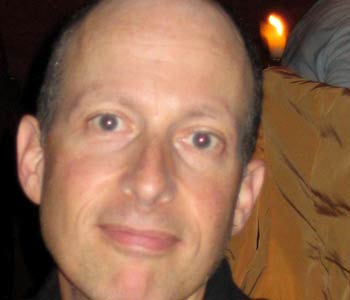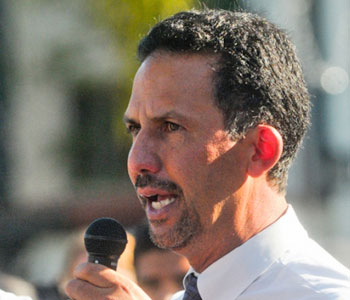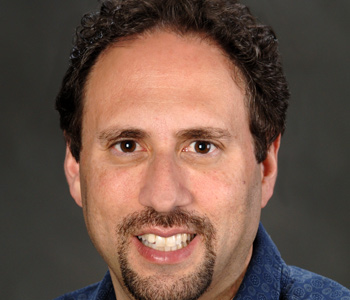Ann Fabian
The Skull Collectors: Race, Science, and America’s Unburied Dead
University of Chicago Press
272 pages, 9 x 6 inches
ISBN 978 0226233482
When he died in 1851, Samuel George Morton, a Philadelphia doctor, left behind a collection of more than a thousand human skulls. Not the grisly byproduct of botched operations, but the fruit of 20 years’ work gathering up human remains from around the world. Friends sent Morton heads from Peru, Cuba, Mexico, and Liberia, from almshouses in Pennsylvania, swamps in Florida, beaches in Hawaii, gallows in Indonesia, tombs in Egypt, and battlefields in Texas.
Naturalists, like Morton and his friends, collected plants and animals and helped catalogue America’s flora and fauna. But trafficking in human bodies was a strange business, and they knew it. They were sure that human skulls held clues to the riddles of racial difference—a question that took on increasing urgency in a generation that both argued over slavery and tried to map the world’s populations.
Were human beings all one species? After measuring many skulls, Morton thought not. He published two books that laid out the measurements work behind his conclusion that Caucasians, with big heads, were meant to rule the world.
We know a lot about the bad science behind Morton’s theories of racial hierarchy. But I was interested in something else. I wrote The Skull Collectors because I was curious about the skulls. Whose remains wound up on shelves in Philadelphia? Why?
As I traced their stories, I realized that the collected dead came from communities torn up by war, removal, conquest, and disease, from places where people, poor and devastated, could not bury or care for the dead. Currents of a global history ran through Morton’s Philadelphia cabinet, and they carried human skulls—debris from conquered places.
Morton died a decade before the United States went to war over the slave system his arguments about race helped to support. He did not live to see his own son numbered among the Union dead. But the skull work he had begun got a boost from the war, as the remains of soldiers, unclaimed by relatives or friends, filled cabinets in an Army Medical Museum.
Skull collecting did not stop when the guns fell silent. Residents in eastern states set about sorting and burying the war’s dead. Something else happened in the west. In the 1870s, the U.S. Army took the war to the plains, and collectors added thousands of Native American dead to museum shelves. In their anxious attention to the fate of Civil War dead, historians have overlooked a history of native dead.
To Army collectors, to Morton and his friends, working with skulls seemed like a good thing to do, but their work has left behind a legion of unburied dead that have come to haunt us.

In their anxious attention to the fate of Civil War dead, historians have overlooked a history of native dead.
When I began working on The Skull Collectors, human remains seemed to be causing trouble everywhere. In the 1990s, new states in Eastern Europe unburied and sorted out the Soviet era dead. Activists in Africa and Australia demanded bodies back from museums in Europe. In the United States, Native Americans helped craft the legislation behind policies to repatriate and rebury the bodies gathered up by Morton and later generations of collectors.
The first years of the 21st century gave this history a new and sad turn. Human remains disappeared in the ruins of the World Trade Center. An administration tried to hide bodies from wars in Iraq and Afghanistan. And bodies floated along flooded streets in New Orleans. New York police broke up a ring of unscrupulous undertakers peddling body parts. Georgia authorities arrested the owners of a crematory who stacked bodies in their barn while they saved up to get a furnace repaired. Each case a troubling reminder that dead bodies matter.
These events expanded a study that had begun as an exploration of how and why people collected skulls to encompass exploration of human burials and investigation of the lives and deaths of those whose skulls were collected. The dead had roles to play in anchoring communities in time and place. For some these unburied dead are lost ancestors, but for many more, they carry a shared history of a deep human need to care for the dead.
That universal history of the human need to bury the dead kept cropping up in the macabre and sometimes humorous stories of skull collectors. Men dug up dead bodies, pickled the flesh off heads, and hiked over mountains, carrying packs stuffed with reeking body parts. And they wrote about what they were doing.
Skull collectors liked to boast that they were not tied down by the superstitions that hobbled ordinary men. Collecting helped them imagine themselves as men dedicated to science. My challenge was to describe the work of collectors—how they got skulls and what they did with them—but also to describe the experiences of those whose remains were collected.
It seems pretty clear that none of those whose skulls wound up on museum shelves imagined their body parts cleaned, measured and put on display. To figure out what nasty twists of fate got a skull into a collection, I spent time unearthing the stories of two extraordinary men whose paths crossed with skull collectors.
One of them was a young man from Oregon named Stum-ma-nu. Like many of the native peoples of the Columbia River, Stum-ma-nu had an artificially flattened head. Methodist missionaries brought Stum-ma-nu, very much alive, to the eastern United States and introduced him to Dr. Morton and his naturalist friends. They knew that if Stum-ma-nu were to die, his flattened skull would be a fine prize for a lucky collector.
Audiences flocked to hear the young man describe his Christian faith and to praise the work of American missionaries. They also gawked at his curiously flattened head. But a winter’s sermonizing wore out the young man, and he died in the spring of 1839. Collectors coveted his head. Only a chance encounter with a crusty New York doctor assured the young man the good Christian burial he had said he expected.
A man from Fiji, who died in New York just three years later, was not so fortunate. His body was buried in the cemetery of the Brooklyn Navy Yard, but his head went to the new Smithsonian collections in Washington. It’s still there.
The unlikely story of Ro-Veidovi’s skull begins with the American traders who ventured to Fiji, trying to make a little money in the sea-slug trade. The slimy creatures, aphrodisiacs some believed, sold well in Chinese markets. Looking for profits from sea slugs, American traders bungled into Fiji’s local politics and a batch of sailors died at native hands.
A few years later, American explorers arrested Ro-Veidovi for these murders and brought him back to the United States to teach him lessons about all the good things likely to come to Fijians who helped out traders and explorers from the United States. Ro-Veidovi died the day he arrived in New York, taught only what he might have learned from sailors on a long voyage back from the Pacific. Like Stum-ma-nu, Ro-Veidovi died far from home, and his body was buried in a fashion that could only have surprised him.

Skull collectors liked to boast that they were not tied down by the superstitions that hobbled ordinary men. Collecting helped them imagine themselves as men dedicated to science.
The Skull Collectors gathers stories that mix the scientific aspirations of explorers and collectors, the hopes of missionaries and converts, and the histories of people from places as different as the banks of the Columbia River and the shores of Fiji.
Why do these stories matter? Any cultural historian would be struck by the differences between the skull collectors’ nineteenth-century world and our own. It no longer seems right to collect and display the remains of native dead, however curious we might be about what the bones might tell us.
The scientific collectors I write about collected remains from around the world, but the bodies of Native American dead dominated their collections. Telling the story of the collection and repatriation of these remains, historians often have given the native dead a special status. But this approach has missed the important ways the history of skull collecting tells a universal human story about loss, memory, and the need to bury the dead.
It is surprising what we learn when we pay attention to the dead.




We don't put paywalls. We don't distract you with ads. We don't sell your data.
Please help to keep this running!